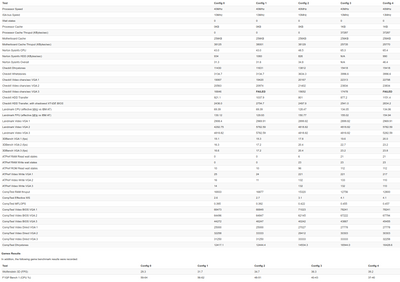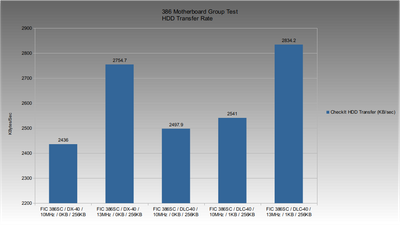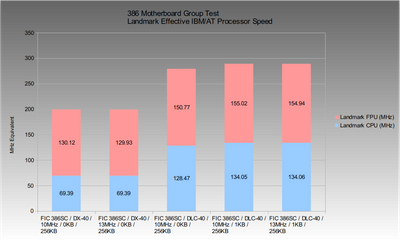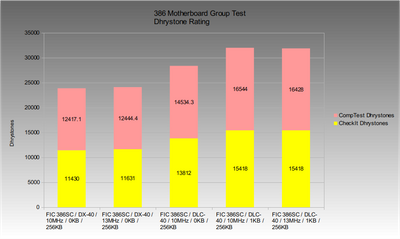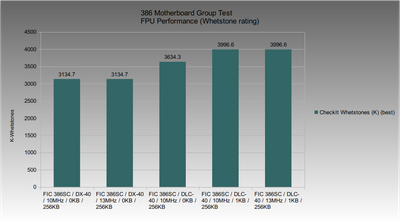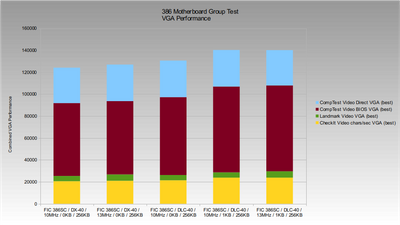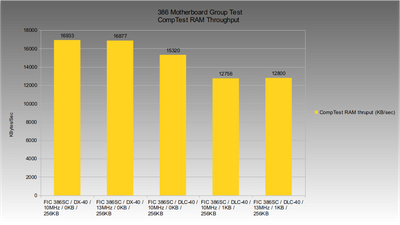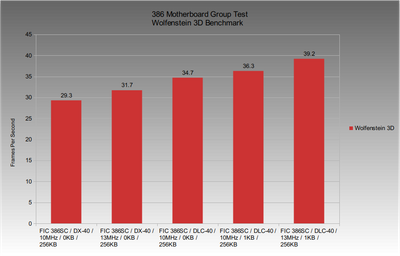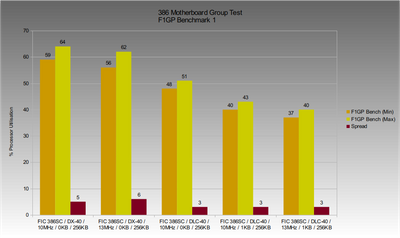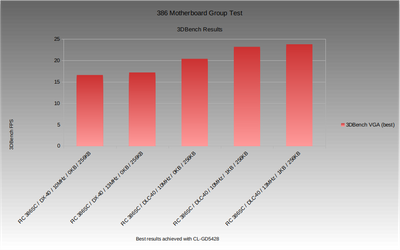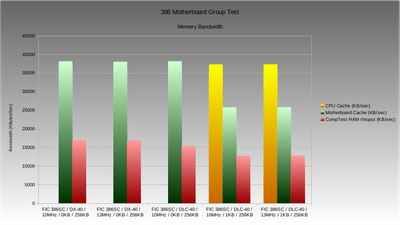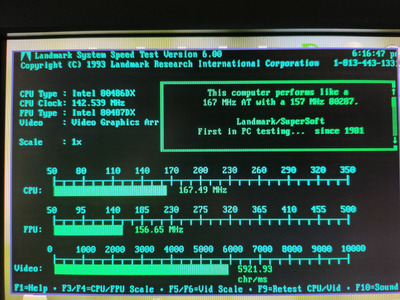Reply 20 of 48, by megatron-uk
Been playing around with this setup a bit more - I really like it.
Managed to work out how to do shadowing of the XT-IDE BIOS, so IDE transfer rates have more than doubled (~2.7MBytes/sec), plus got "The Last Byte" memory manager installed which has specific support for the Symphony SL82C461 chipset, releasing up to 256KB of upper memory.
The only trouble I've still got is the need to replace the Dallas RTC - (it's now socketed, so I need to either butcher a 1287, or fit a 'new' one), and some bizarre behaviour from speedsys; it locks up with the 486DLC chip fitted, and with the 386DX fitted it hangs at the extended memory test. Other than that, everything seems good - I'll probably not bother tracking down any further 386 boards; it's pretty clear that even if you find one of the mythical, working, 386DX/486 Forex boards, it's only single percentage points different if anything.
One more weird thing, and it's not related to the motherboard as such, but I cannot get a 64GB Sandisk Extreme CF card working - it partitions, formats and sys's fine via a Win98SE boot floppy, but on booting via the XT-IDE boot menu I consistently get 'missing operating system'. Switch to an equivalent Sandisk Extreme 16GB card and the same procedure works perfectly.
Nearly completed all the testing I want to do (DX vs DLC, cache enabled vs disabled, 8/10/13MHz ISA clock comparison, Trident vs Tseng vs Cirrus) and will get the data up here once I've finished.
Benchmarking/progress page on my wiki: https://www.target-earth.net/wiki/doku.php?id … 86_shootout_fic
My collection database and technical wiki:
https://www.target-earth.net
